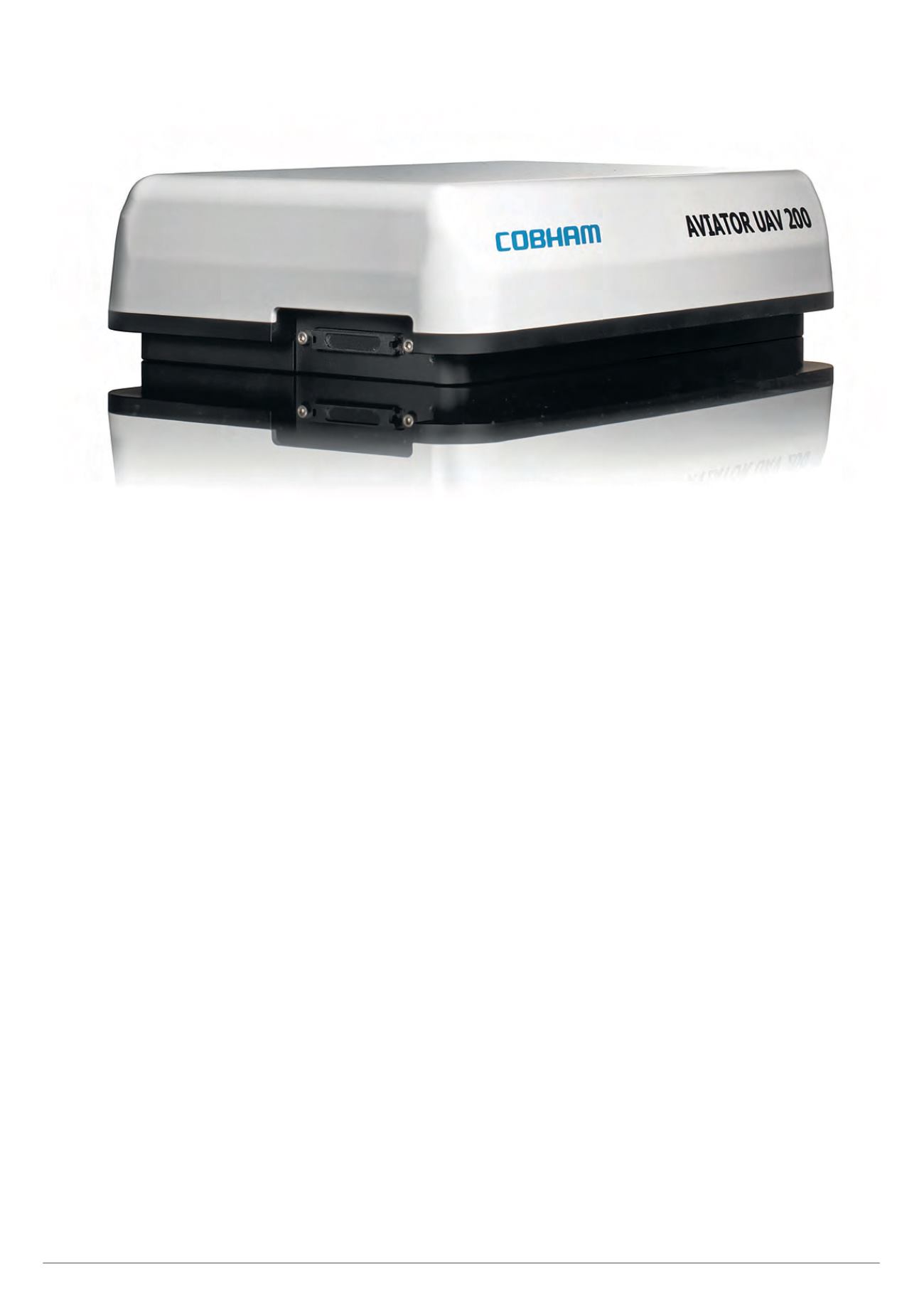

52
explained that each payload contains an
EPROM chip that identifies it when it is
connected so that the UAV knows how to
configure and fly with it.
Available payloads from partner
Sentera include a dual EO/IR camera,
a 10x zoom EO camera and a new 30x
zoom EO camera. It can also carry an
antenna for Project Lifesaver, which
provides people with Alzheimer’s or
autism who are likely to wander away
from safe locations with wrist-band
transmitters.
In this application, the Indago 2 flies
with the tracking antenna to obtain an
approximate location from long range,
then the operator would swap to a
thermal camera to pinpoint the missing
person.
Indago 2’s structure is fibre-reinforced
plastic with Kevlar on the top and bottom
for toughness and transparency to radio
signals, with the rest formed of CFRP or
plastic. The fold-out landing struts and
rotors are CFRP.
Under the top cover, the GNSS unit
feeds both GPS and GLONASS signals
to the Kestrel autopilot, which manages
individual speed controllers for the four
motors. Next to this is the data link for
the hand controller and video/stills feed.
Under this is the board that provides all
the signal flow and connects to payloads,
which attach underneath.
With its new Aviator UAV 200
system, Cobham Satcom is offering
Inmarsat SwiftBroadband satcom
connectivity in a 1.45 kg one-
box package for tactical UAVs. As
SwiftBroadband is currently in use for
safety-critical ATC comms, the 200
system could pave the way for possible
future integration into controlled airspace
for beyond line-of-sight UAV operations,
Cobham’s Andrew Legg
told
UST
. The system provides up to
200 kbps background data and 32 kbps
streaming.
Measuring 24 x 16 x 16 cm, the
200 system features a phased array
antenna that allows use within the full
SwiftBroadband coverage footprint as
the beam steers down to 5° elevation,
enabling for very high/low-latitude
operations.
Normally phased array antennae need
contact with a substantial ground plane,
say 30-50 cm of conductive surface
around the transmitting structure, to pull
the beam down that far, but Cobham’s
little phased array is completely
independent of the ground plane, said
Legg, which means it could fit in the
confined spaces in the narrow fuselages
of tactical UAVs of the size of Insitu’s
Integrator or the smaller airframes from
Textron or Elbit Systems, for example.
The company intends to go on air
with Inmarsat in June and offer the 200
system to the market in November or
December this year.
VectorNav used the show to
introduce its Tactical Series, described
as a “next-generation family of high-
performance inertial navigation systems”.
Jakub Maslikowski told us that it is built
on a common tactical-grade proprietary
MEMS inertial sensing core. The family
initially comprises the VN-110 IMU and
attitude heading reference system, the
VN-210 GPS-aided INS and the VN-310
dual-antenna GPS/INS.
Maslikowski explained that the tactical
grade of IMU has far higher performance
than that of consumer-grade units used
in the likes of cellphones or industrial-
grade units. Having previously exploited
industrial-grade IMUs, VectorNav has
now combined tactical IMU technology
with its own navigation algorithms to
make the Tactical Series suitable for
a higher class of marine, land and air
unmanned vehicle applications.
Maslikowski added, “The new
units take advantage of the latest
developments in solid-state MEMS
technology to incorporate a three-axis
gyro with less than 1°/h in-run bias
stability, leading to an attitude accuracy
of 1-2 mrad.”
Plus, he emphasised, this all comes
June/July 2016 |
Unmanned Systems Technology
Show report
|
AUVSI’s Xponential
Cobham’s one-box SwiftBroadband connectivity system for tactical UAVs









